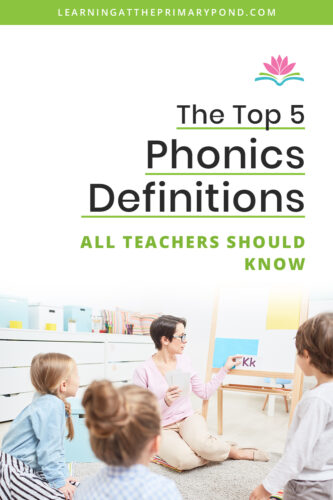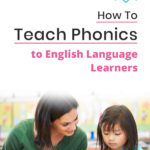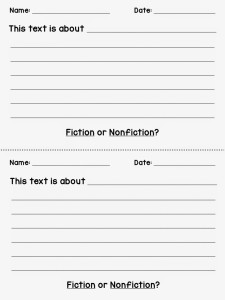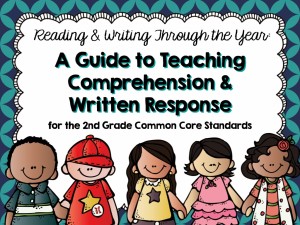There are so many terms to know if you teach reading and writing, and it can be difficult to keep it all straight! Knowing phonics definitions, though, will empower you! Teaching and supporting students as they learn to read and write is one of the most critical jobs. The more we understand about how all the pieces of phonics instruction fit together, the better we can support our students.
In this post, I’ll go through the top 5 phonics definitions that I think every teacher should know. All of these definitions can also be found in this FREE resource I have – “Free Guide to Phonics Terms & Rules for K-2.”

Definition #1: Phonics
The first definition that is crucial to teaching phonics is… PHONICS! Phonics refers to the sound-symbol relationships in words. When you teach phonics, you help your students learn the sounds of language, the symbols of language (letters and letter combinations), and the relationships between the two. In simplest terms, phonics = connecting sounds and letters.
A solid phonics foundation is essential to becoming a successful reader and writer. If you currently don’t have a phonics program (or aren’t thrilled with the one you’re using!), check out this blog I wrote called “5 Things to Look for When Choosing a Phonics Program.”
Definition #2: Phonological Awareness
PHONOLOGICAL AWARENESS focuses on the sound structures of language. This does not involve letters or print of any sort. Some phonological awareness skills include:
- Identifying the individual words in a sentence spoken aloud
- Identifying and generating rhyming words
- Separating words into onset and rime and combining onsets and rimes into words
- Separating words into syllables and blending syllables together to make words
- Phonemic awareness
What is phonemic awareness, you ask? Read on to find out!
Definition #3: Phonemic Awareness
PHONEMIC AWARENESS focuses on the individual sounds, or phonemes (more on this term later!), in words. For example, if we think about the word “tap,” we can break that word up into the sounds /t/ /a/ /p/. Some phonemic awareness skills include:
- Hearing the word fork and naming the initial sound – /f/
- Hearing the word log and segmenting it into these three sounds: /l/ /o/ /g/
- Hearing the word pan, substituting the /m/ sound for the /p/ sound to get man
To sum it up, phonemic awareness is one (very important!) type of phonological awareness skill.
Students use their phonemic awareness skills to read and write – and of course, phonics is involved, too. When a child decodes a new word, they say each sound (phonics) and then blend the sounds together (phonemic awareness) in order to figure out what the word is. When spelling, kids hear / say the individual sounds in a word (phonemic awareness) and then use those sounds to spell the word (phonics).
Definition #4: Phoneme
A PHONEME is one unit of sound in a syllable or word. For instance, in the word “cat,” we hear three phonemes – /c/ /a/ /t/. In the word “chip,” we also only hear three phonemes because the “c” and “h” come together to make one sound – /ch/ /i/ /p/. When students are able to hear phonemes in words, this helps them read and write.
Definition #5: Grapheme
A GRAPHEME is one or more letters that represent one sound. For example, the letter “b” is a grapheme that can represent the sound /b/ in many words. The letters “ee” form a grapheme that typically represents the long e sound, /ē/. Students need to know graphemes in order to use their knowledge of phonemes to read and write!
Conclusion
The information in this blog is just the tip of the iceberg! So many teachers have told me that they didn’t feel adequately prepared to teach phonics when they first entered the classroom. So if you’re looking for a more extensive list of phonics definitions (that includes terms like “consonant cluster” and “diphthong”), grab this free resource now – “Free Guide to Phonics Terms & Rules for K-2.”

Happy teaching!












